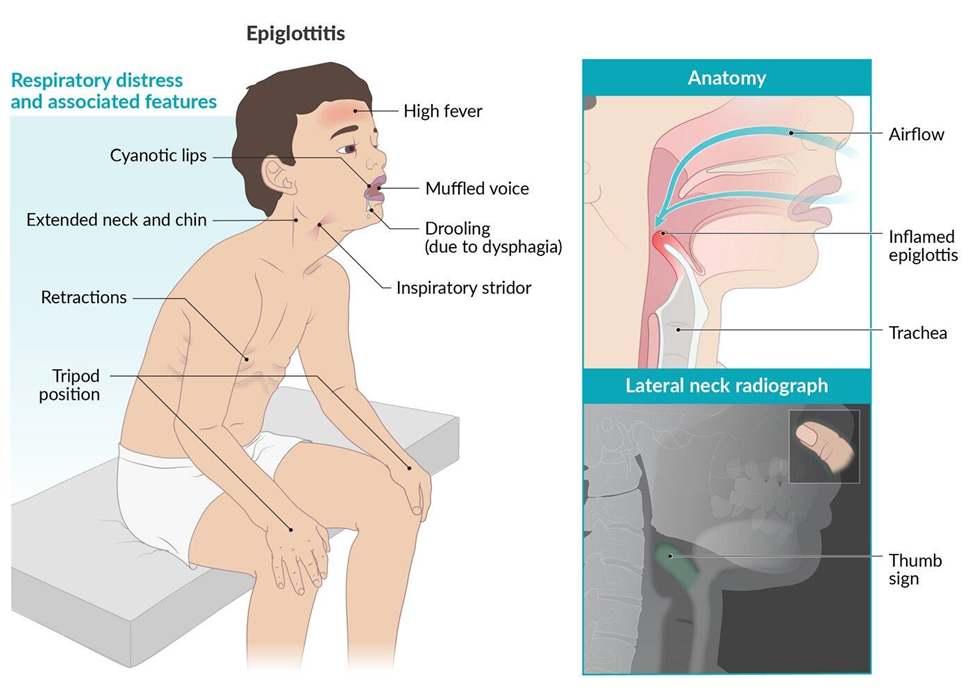Which home care instructions would the nurse provide to the parent of a child with acquired immunodeficiency syndrome (AIDS)? Select all that apply.
The child needs to avoid exposure to other illnesses.
Frequent handwashing is important.
Clean up body fluid spills with bleach solution (10:1 ratio of water to bleach).
Monitor the child's weight.
The child's immunization schedule will need revision.
Fever, malaise, fatigue, weight loss, vomiting, and diarrhea are expected to occur and do not require special intervention
Correct Answer : A,B,C,D
A. The child needs to avoid exposure to other illnesses.
Explanation: Children with AIDS have compromised immune systems and are more susceptible to infections. Therefore, it is important to minimize exposure to other illnesses to reduce the risk of infections.
B. Frequent handwashing is important.
Explanation: Good hand hygiene helps prevent the spread of infections. Encouraging frequent handwashing is crucial in the care of a child with AIDS.
C. Clean up body fluid spills with bleach solution (10:1 ratio of water to bleach).
Explanation: Using a bleach solution to clean up body fluid spills helps to disinfect and reduce the risk of transmission of infections. The recommended ratio is 10 parts water to 1 part bleach.
D. Monitor the child's weight.
Explanation: Monitoring the child's weight is important for assessing nutritional status and overall health. Weight loss may indicate underlying health issues that need attention.
E. The child's immunization schedule will need revision.
Explanation: Children with AIDS may have altered immune function, but the need for immunizations is still crucial. However, live vaccines may need to be avoided. The immunization schedule should be discussed and individualized with the healthcare provider.
F. Fever, malaise, fatigue, weight loss, vomiting, and diarrhea are expected to occur and do not require special intervention.
Explanation: While these symptoms may occur, they should not be dismissed without evaluation. Any changes in the child's health, including symptoms such as fever, malaise, fatigue, weight loss, vomiting, and diarrhea, should be reported to the healthcare provider for appropriate assessment and intervention.
Nursing Test Bank
Naxlex Comprehensive Predictor Exams
Related Questions
Correct Answer is B
Explanation
A. "I am unable to discuss this, but I can contact my supervisor to speak with you."
Explanation: While it is appropriate to involve a supervisor in difficult situations, the nurse should first clarify the legal obligation to report suspected child abuse. This response may leave the impression that the nurse is avoiding the question.
B. "As a nurse, I am required by law to report suspected child abuse."
Explanation:
Nurses are mandated reporters, meaning they are legally obligated to report suspected child abuse. It is important to communicate this legal obligation to the parents when they inquire about the reason for the report. This response is honest, direct, and reinforces the nurse's ethical and legal responsibility to prioritize the well-being and safety of the child.
C. "I reported the incident to my supervisor who decided to contact the authorities."
Explanation: This response may create confusion about the reporting process. It is important to convey that reporting is a legal obligation for the nurse, and it is not solely at the discretion of the supervisor.
D. "The provider will be coming to explain the situation."
Explanation: While involving other healthcare professionals, such as a provider, may be part of the process, it is crucial to emphasize the nurse's legal responsibility to report suspected child abuse. This response does not clearly communicate the legal obligation that the nurse has in reporting such incidents.
Correct Answer is D
Explanation
A. Administer 0.9% sodium chloride IV solution: Although IV fluids might be necessary to maintain hydration and circulation, this is not the priority over preventing the spread of infection.
B. Assist with obtaining an x-ray of the child's neck.Imaging can help confirm the diagnosis but should be done after ensuring infection control measures.
C. Initiate IV antibiotics.Antibiotics are crucial for treatment but should follow the implementation of droplet precautions to prevent the spread of infection.
D. Place the child on droplet precautions.
Epiglottitis is a medical emergency primarily caused by bacterial infections, such as Haemophilus influenzae type B (Hib). The first priority is to ensure the safety of both the patient and others by preventing the spread of infection.Placing the child on droplet precautions helps to contain the bacteria and protect healthcare workers and other patients.

Whether you are a student looking to ace your exams or a practicing nurse seeking to enhance your expertise , our nursing education contents will empower you with the confidence and competence to make a difference in the lives of patients and become a respected leader in the healthcare field.
Visit Naxlex, invest in your future and unlock endless possibilities with our unparalleled nursing education contents today
Report Wrong Answer on the Current Question
Do you disagree with the answer? If yes, what is your expected answer? Explain.
Kindly be descriptive with the issue you are facing.
